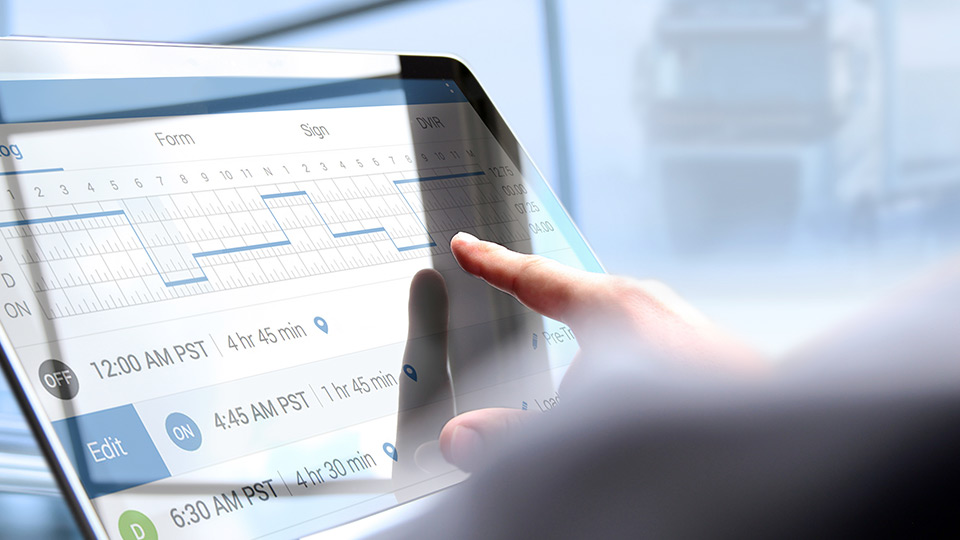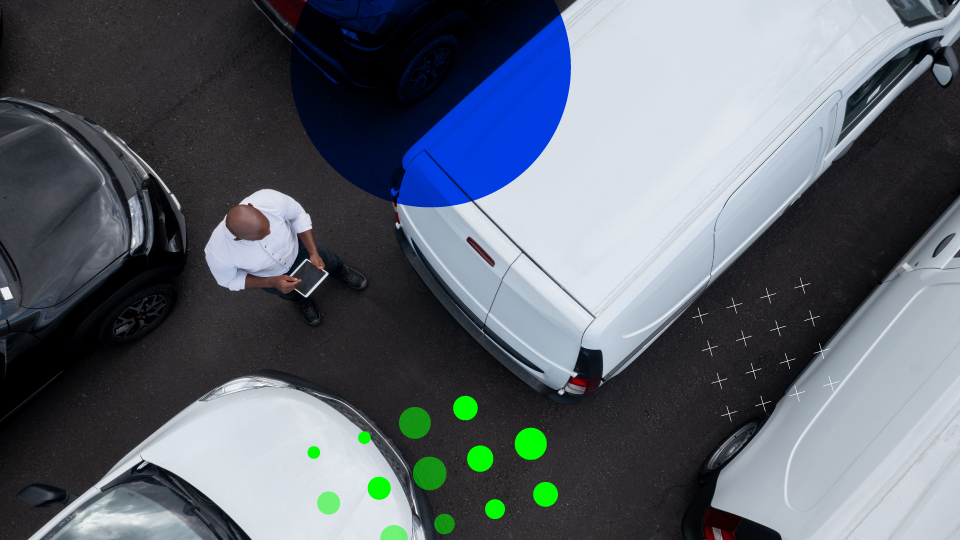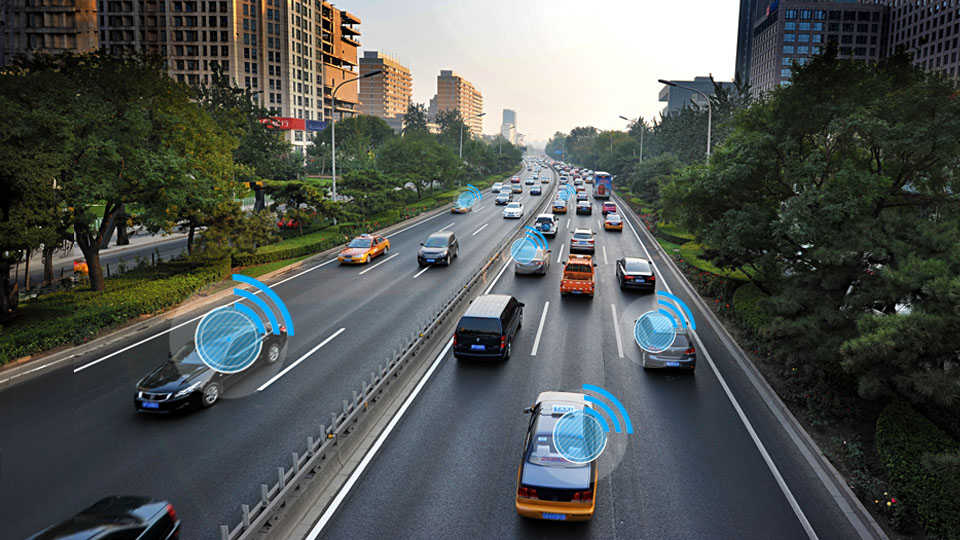
Telematics and the self-driving car: The pros and cons
Last updated on December 28, 2023 in Productivity by Phillip Rolle | 2 minute read
The world of telematics is about to experience an challenge. This article will offer examination Telematics and the Self-Driving Car: The Pros and Cons
With the recent issuing of self-driving car permits (applied for by Mercedes-Benz, Audi, and Google to name a few), we are now the closest we have ever been to seeing the “autonomous vehicle,” also known as the self-driving car, in our everyday lives. The car itself essentially becomes a telematics device complete with the ability to send, receive, store, and use a vast amount of telematics information and for various purposes.
That being said, the world of telematics is about to experience an interesting challenge in accounting for these new arrivals. This article will offer a high-level examination of the pros and cons of the self-driving car.
Pros and Cons of the Self-Driving Car
The Pros:
- A decrease in loss of life: Whether it be alcohol, drugs, fatigue, or driver distraction, there is tremendous loss of life yearly in North America due to fatal car accidents. A self-driving vehicle with an advanced telematics system could prevent this loss.
- Fuel efficiency: With automated driving, a decrease in inefficient driving, idling, etc. as well as automated parking could see a drastic reduction in fuel use per distance travelled.
- Faster day-to-day commutes: With an almost-completely automated network of vehicles and traffic routing using telematics, there could be a decrease in traffic jams and thus a decrease in the average length of a commute.
- Financial benefits: With more fuel-efficient vehicles and less accident-prone driving, the economy could see a financial boost. Money could then be routed to other aspects of society.
The Cons:
There are, unfortunately, possible downsides to the self-driving car. Here are some of the most frequently mentioned cons:
- Job loss: North America employs millions of professional drivers — including 3.5 million truck drivers in the U.S. alone. The advent of the self-driving vehicle could mean many people having to search for other lines of work. However, as one writer put it, “Jobs will only be lost if Google or some other innovator delivers fully autonomous cars,” in addition to enhancing on-road safety and lives.
- Safety/Regulation: With the self-driving car, the lives of passengers are placed in the hands of electronics and telematics. Regulations would have to be carefully examined and put in place to handle this.
- Legal Concerns: Besides it currently being illegal to test a self-driving car on the average highway, there is a question of liability that is raised by this new technology. Who is at fault should the technology result in injury or loss of life?
- Privacy: With the self-driving car and telematics, big data goes hand-in-hand. The question remains who would have access to the data acquired and to what extent it could be used and shared.
While the driverless car offers several positive solutions to current problems, it also introduces a new set of concerns. Since the self-driving car is still in its infancy stage and has not met widescale adoption, the exact roles and to what extent telematics will factor into these projects still remains to be seen.
Other References
- Alex, H. Will driverless cars means computer crashes, [online] Available from: http://news.bbc.co.uk/1/hi/programmes/click_online/9755210.stm [Accessed 18 Sep 2014]
- Erico, G. How Google’s Self-Driving Car Works, [online] Available from: http://spectrum.ieee.org/automaton/robotics/artificial-intelligence/how-google-self-driving-car-works [Accessed 18 Sep 2014]
- Iain, T. Google promises autonomous cars for all within five years, [online] Available from: http://www.theregister.co.uk/2012/09/25/google_automatic_cars_legal/ [Accessed 18 Sep 2014]
- Jim, M. Self-Driving Car Will Take Over By 2040, [online] Available from: http://www.forbes.com/sites/eco-nomics/2012/09/25/self-driving-cars-will-take-over-by-2040/ [Accessed 18 Sep 2014]
- Kyle, O. Brave new vehicles, [online] Available from: http://www.headlightblog.com/2012/05/brave-new-vehicles/ [Accessed 18 Sep 2014]
If you liked this post, let us know!
Disclaimer
Geotab's blog posts are intended to provide information and encourage discussion on topics of interest to the telematics community at large. Geotab is not providing technical, professional or legal advice through these blog posts. While every effort has been made to ensure the information in this blog post is timely and accurate, errors and omissions may occur, and the information presented here may become out-of-date with the passage of time.
Get industry tips and insights
Sign up for monthly news and tips from our award-winning fleet management blog. You can unsubscribe at any time.
Republish this article for free
Other posts you might like

ELD self-certification: What you need to know
April 10, 2024

Geotab 2024 discussion recap: A Data-Driven Journey in Fleet Maintenance
March 11, 2024

Routes to riches – Geotab Routing and Optimization drives operational efficiency and cost management
February 15, 2024

What is ADAS?
January 12, 2024






